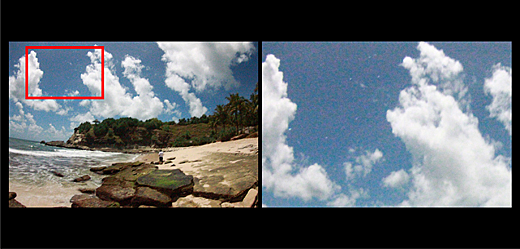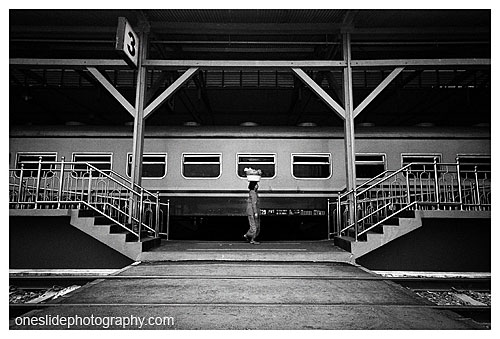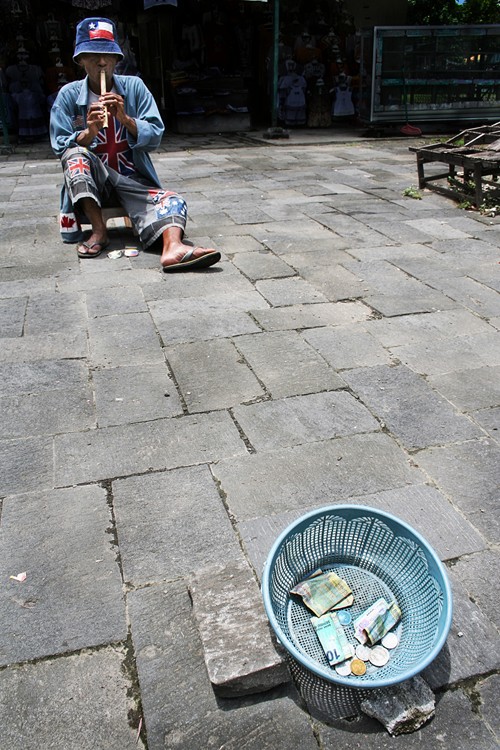
Noise, or a set of spots or visible pixels on photographs, often annoys many of us because it lowers the image quality. Before we discuss the remedies to fixing noise, we need to get a better understanding of the cause of these spots on our photos.
– The size of your sensors
Large sensors like those found in DSLRs, especially in full-framed DSLRs, produces less noise than their smaller sensors counterparts (often found in pocket cameras or camera phones). Consequently, these larger full-frame DSLR sensors are quite expensive and not everyone can afford them. Therefore, purchase a camera with the largest sensor you can afford.
– High ISO
Photos resulting from high ISO settings will have an increase in noise visibility. There are times when we do need to use high ISOs, but for maximum results, stick with the lower ISOs (e.g. ISO 400 and lower).
– High-temperature lighting
The higher the temperature of your light source (measured in Kelvin), the more noise will appear. What is meant by “high temperature” is the tint of the overall light source, yellowish, red or orange being in this “high temperature” spectrum; while “low temperature” means a light bluish tint.
– Long exposures
The longer we open our sensors to record an image, the higher the level of noise will show in the resulting photo. This is due to the sensor getting hotter and eventually overheating when the sensors are exposed too long. This often happens when photographing star trails in the night sky.
– Underexposures
When the photos taken are underexposed, noise will increasingly show, especially in dark and shadowed areas. Therefore, determining the optimal exposure settings is very important. To observe whether the image is over or underexposed, you can use the information given in the histogram.

Now that we know what causes these forsaken spots, here are ways you can eliminate (or at least reduce) the noise in your photographs:
– The most popular way is to shoot your photos with the RAW image-type setting (A large file type with a higher quality than that of JPG).
– Use the lowest ISO possible. The lower the ISO, the less chance you’ll get a noisy photograph. And to overcome the slow shutter speed problem caused by the use of low ISO, use a tripod or flash.
– Also, you can do various post-editing to the photographs using one (or more) of the many available image-editing softwares. The more popular of these softwares include Adobe Photoshop, Adobe Lightroom, Noise Ninja, and Neat Image. Inside these softwares there are a few tools to reduce noise.
– In many cameras, there is an NR (Noise Reduction) feature available. This feature is quite helpful when you shoot using JPG as your file type. But most cameras available on the market right now do not have a sufficient NR setting, so using this feature may lower the quality of your photo and tiny details may not be visible. Also, the use of NR slows the process of saving the image to the memory card.
– Use lenses with large apertures. This will affect the photo’s overall lighting. The larger the aperture, the more lighting can optimally be recorded in low-light conditions. If these wide aperture lenses aren’t helpful enough in your situation, then use a flash for optimal lighting. The main goal is to avoid getting an underexposed lighting.
Having said all the above, however, sometimes noise can also be our friend. For example, we may favor noise when we want to apply a textured effect on our photographs. Applying such will create classically accented black and white photos. Visualizing which of your photographs suit having noise in them and which one does not will make your photos look more attractive.

















